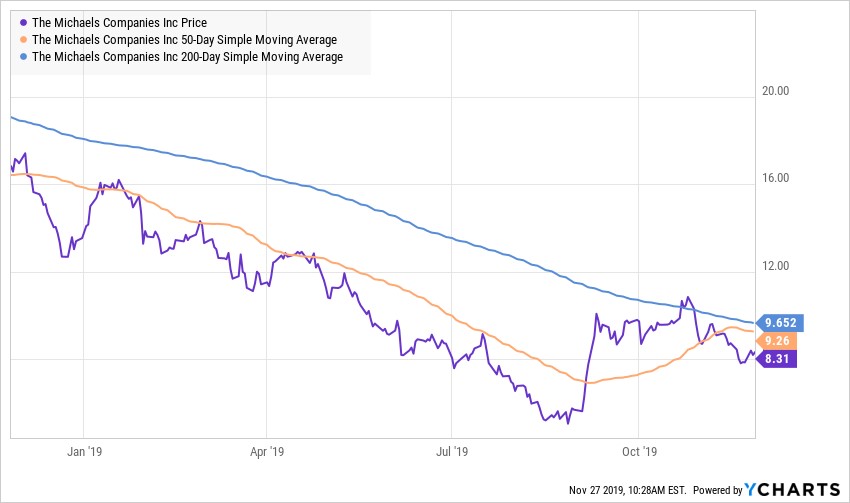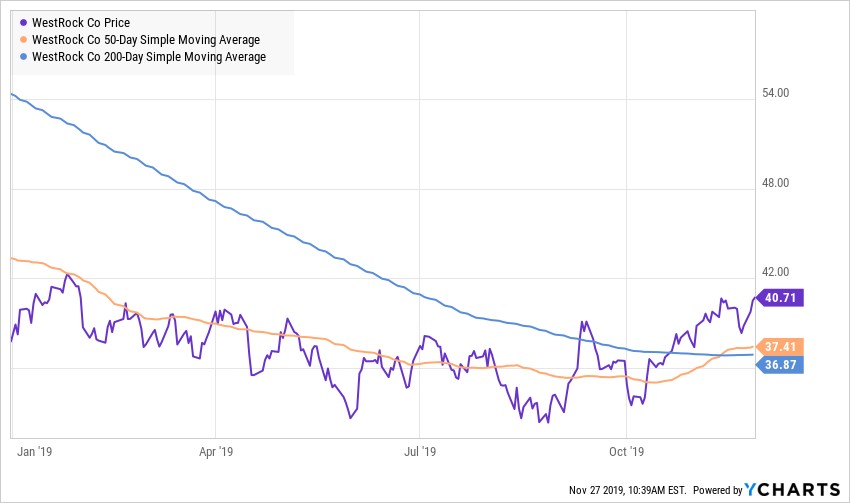Amazon Boxes Up Consumer Complaints with Better Packaging
Traditionally, half of all annual retail sales occur during the weeks leading up to Christmas.
Sadly, this season will be the last for many brick-and-mortar stores.
A.C. Moore announced Tuesday that it will close most of its 145 retail stores. The 34-year-old arts and crafts retailer joins a staggering list of companies shuttering stores in 2019. And the trend is accelerating.
For investors, a big opportunity awaits in this most unlikely of places. Let me unwrap the idea.
Physical storefronts are hit and miss. Not only do managers need to get the location right, but they also need to think about logistics.
Getting customers into the stores is a big deal, obviously. But other factors like parking and public transit play a big role, too. Then there are fixed costs like rent, and variables such as inventory lost to shoplifting.
Coresight Research, a consulting firm focused on the intersection of technology and retail, expects at least 9,000 chain store closures in 2019.
That number is up 40% from a year ago, according to a CNN Business report. It will certainly be the worst year since the Great Recession of 2008, when 6,163 stores closed.
Unsurprisingly, e-commerce is playing a big role in the decline.
The wide acceptance of digital business models means customers can get most of their holiday shopping done on their smartphones. Buying the perfect holiday gift is only a swipe and tap away. The back end of the purchase, including payment and delivery, occurs seamlessly in the background.
At last count, Amazon.com (AMZN), the biggest domestic ecommerce retailer, had 105 million Prime membership subscribers. That number represents 80% of U.S. households.
What you may not know is that Amazon has a big advantage over brick-and-mortar competitors: packaging.
If you buy products in stores, you are familiar with clear plastic, clamshell packaging. Most toy and consumer electronic manufactures use it.
It’s indestructible, and frustrating. Consumers hate it.
The clamshell was invented in the 1980 to help retailers combat shoplifting. The packaging is often too bulky to hide in clothing. And without a sharp knife, it’s almost impossible to get the product free. Meanwhile, clamshells are especially useful for display. The clear plastic allows the entire product to be shown.
The downfall is clamshell packaging is expensive, bulky to ship and hard to recycle. It is also dangerous.
In 2006, the Consumer Product Safety Commission estimated clamshell packaging led to 6,000 emergency room visits. Maladies ranged from severe cuts to severed tendons and eye injuries.
Amazon.com has been working on a program called Frustration Free Packaging for the last 10 years. To put that in perspective, the only programs older are Prime and Amazon Web Services, its web-hosting subsidiary.
Amazon is focused on packaging because it’s a key competitive advantage. Its products ship directly to customers from giant warehouses. Shoplifting and product display are insignificant. Pushing manufacturers away from clamshells means more products per wholesale crate. It generates less waste and makes customers happier.
Business-wise, it reduces handling and shipping costs, leading to bigger profits.
The online retailer began enforcing its FFP program on Oct. 1. Packaging not meeting the standard gets hit with a per-unit monetary penalty, plus reduced standing in Amazon’s online search results.
The play for investors is in the companies making the next generation of packaging.
WestRock Company (WRK) is the second-largest producer of containerboard in the North America. The company manufactures corrugated packaging across several industries.
Since 2018, managers have been working with customers to replace plastic in a wide range of use cases, including the recyclable Pak on Demand pouch system. The corrugated mailing pouches eliminate the use of single use plastic bubble mailers.
Shares trade at only 12.2x forward earnings, for a $10.4 billion market capitalization. While the stock is up 12% this year, at $40.50, it is well off the 2018 highs when prices reached $65.
As the prospects for sustainable packaging improve, the current weakness looks like a buying opportunity.
Better times for e-commerce package material suppliers may be small consolation for retail stakeholders. It’s difficult to spin lost jobs, especially around the holidays.
However, investors need to be aware that much larger trends are at work. Digital business models are winning out over traditional retail.
Opportunities exist in this new market. And smart investors seize them … and package the profits.
Best wishes,
Jon D. Markman





